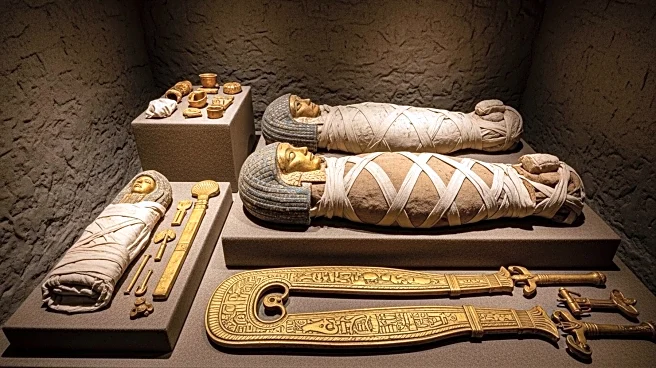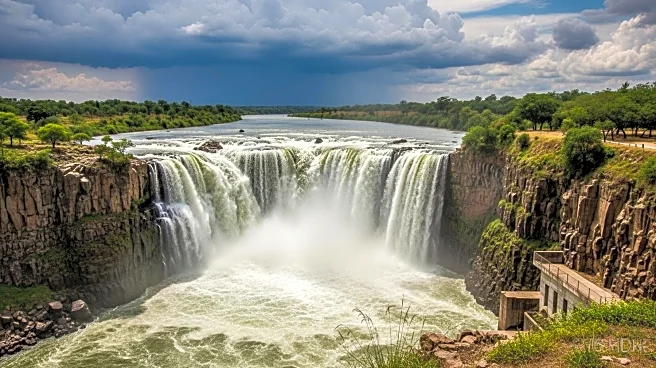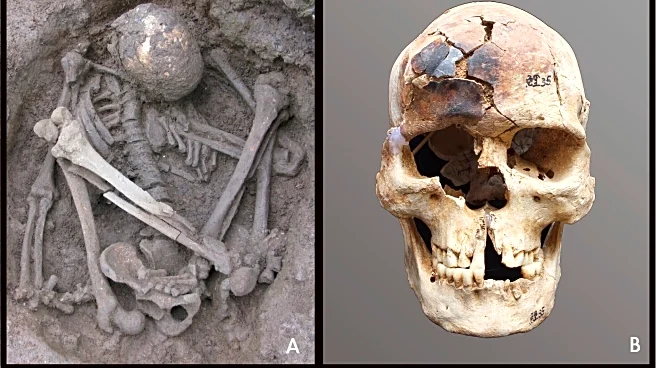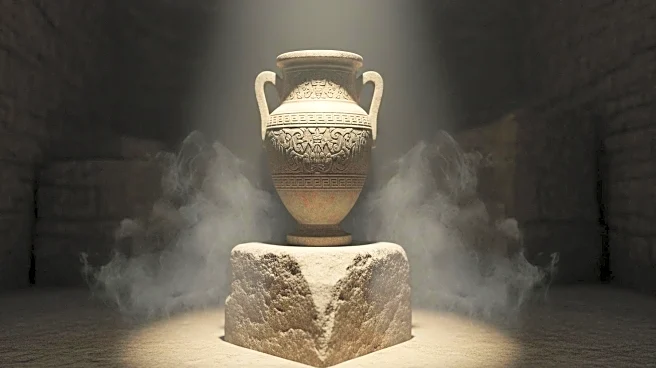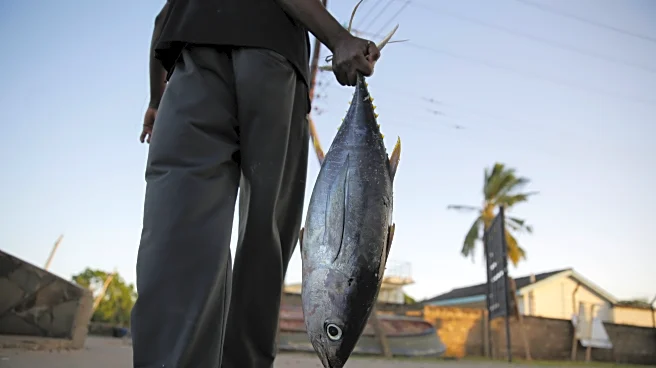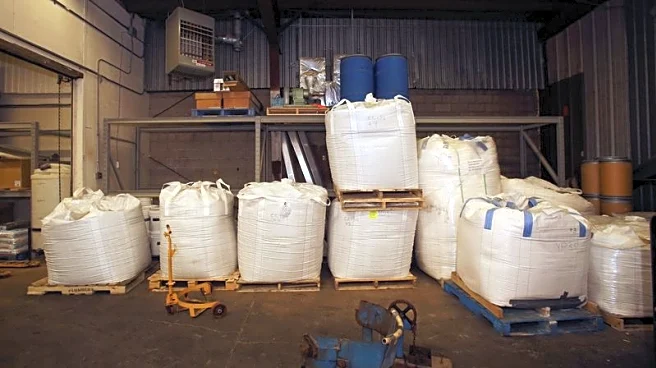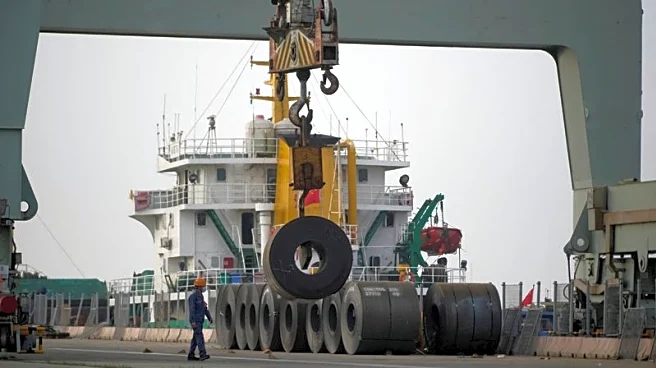What is the story about?
What's Happening?
Scientists have uncovered the oldest known evidence of human mummification in Asia, dating back up to 14,000 years. The study, published in PNAS, analyzed burials in China, Vietnam, and Indonesia, revealing that ancient hunter-gatherers used smoke-drying techniques to preserve bodies. The skeletons, found in crouched positions, showed signs of low-temperature heat exposure, suggesting a deliberate mummification process. This discovery predates known mummification practices in Chile and Egypt, offering new insights into ancient mortuary traditions.
Why It's Important?
The findings significantly extend the timeline of mummification practices, highlighting the complex cultural and spiritual beliefs of ancient Asian societies. This research suggests that early humans had sophisticated methods for dealing with the deceased, reflecting deep emotional and spiritual connections. The study also supports theories of early human migration patterns in Southeast Asia, providing a broader understanding of cultural continuity in the region. These insights contribute to the global narrative of human history and the development of mortuary practices.
What's Next?
Future research may focus on uncovering more evidence of smoke-drying practices in other regions, potentially linking them to early human migrations. The study's findings could lead to a reevaluation of burial traditions and their cultural significance, offering new perspectives on ancient human societies. Continued exploration of these practices may reveal more about the beliefs and traditions of early humans, enhancing our understanding of their cultural and spiritual lives.
AI Generated Content
Do you find this article useful?
